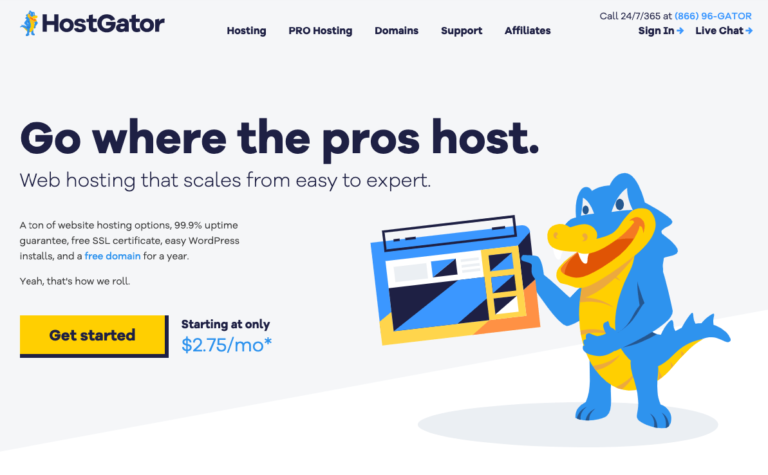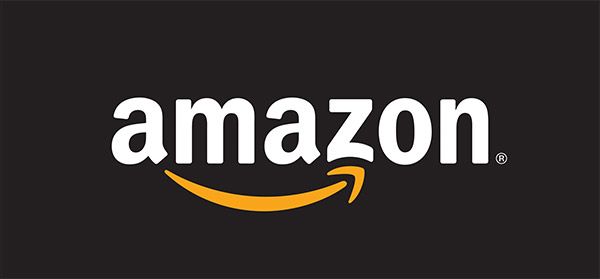
Images are an essential part of a modern website design, especially when creating appealing landing pages that visitors see after clicking on the page from Google results. This makes them especially important for small brick-and-mortar businesses as it is often the images of a store that convince potential customers to visit it. These images are also a vital tool for creating the customer engagement needed to increase conversions and the amount of time visitors spend on your website, two elements that are crucial parts of SEO and sales optimization.
Conversely, images that are too large can negatively impact your SEO chances by slowing down your site’s load speed and Google’s ability to find and index your information.
This is why you need to establish best practices for your images from the beginning.
You first need to pick the right file type. Most people tend to go for PNG or JPG images, GIF and LVG images are also well regarded. As a general rule of thumb, the main image on a page should be less than 300kb, all other images should be 100kb or less. Achieving this often requires image compression to make the file sizes smaller without having a significant impact on image quality.
The following tools are well regarded free tools for image compression
For more tips on optimizing your images for SEO check out our article on image SEO.





